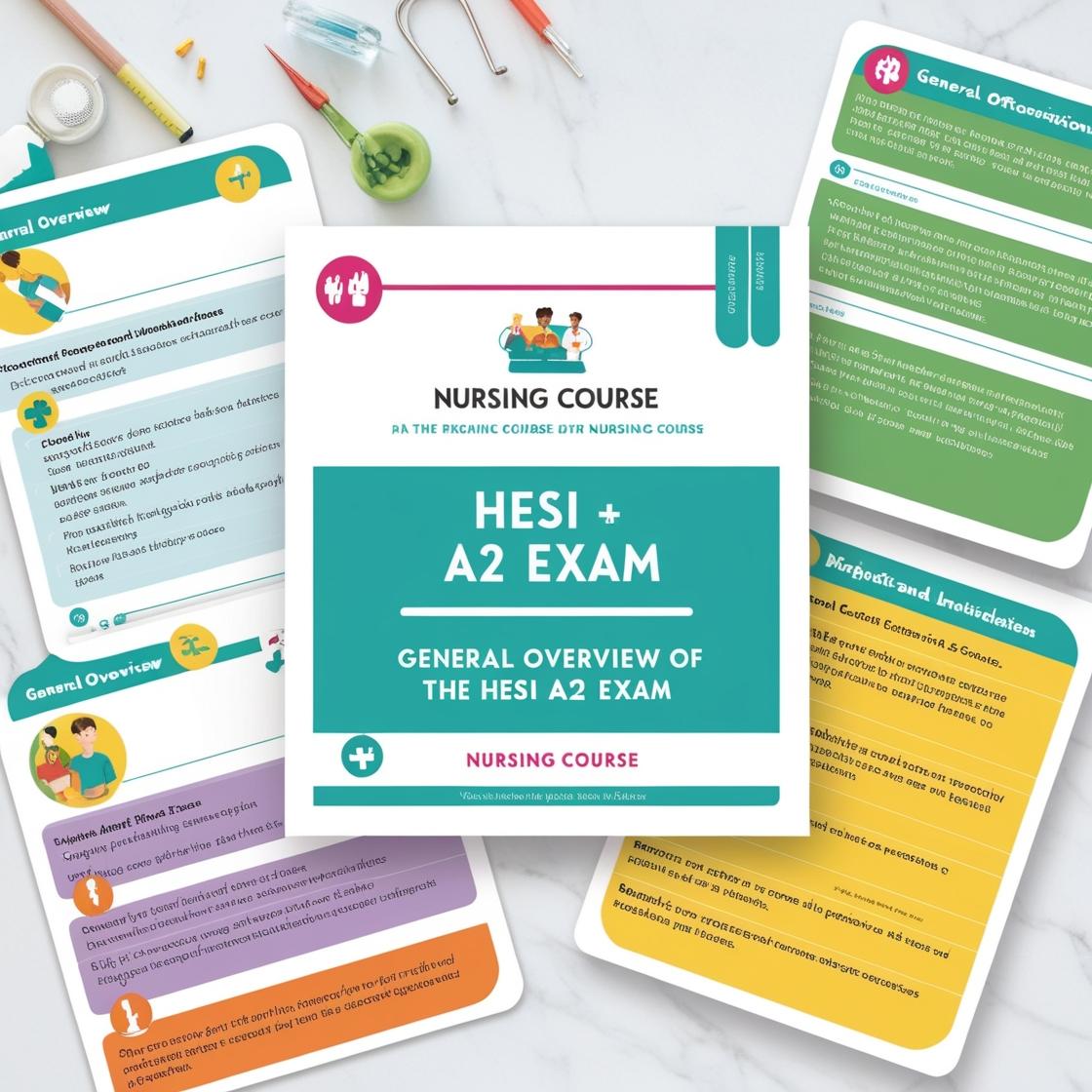HESI A2
Anatomy HESI A2
1. Which mineral supports the function of the thyroid?
- A. Manganese
- B. Iodine
- C. Phosphorus
- D. Zinc
Correct answer: B
Rationale: Iodine is the mineral that supports the function of the thyroid. The thyroid gland requires iodine to produce thyroid hormones, which are essential for regulating metabolism and other important bodily functions. A deficiency in iodine can lead to thyroid disorders such as hypothyroidism or goiter. Manganese (Choice A), Phosphorus (Choice C), and Zinc (Choice D) do not play a direct role in supporting the thyroid function like iodine does. While these minerals are important for various bodily functions, they are not specifically required for the thyroid gland's hormone production.
2. The cheekbones are positioned ___________ to the nose.
- A. anterior
- B. proximal
- C. deep
- D. lateral
Correct answer: D
Rationale: The term 'lateral' refers to the direction away from the midline of the body. In this case, the cheekbones are situated to the sides of the nose, making them lateral to the nose. Therefore, 'lateral' correctly describes the position of the cheekbones in relation to the nose. Choices A, B, and C are incorrect: A. 'Anterior' means situated at or towards the front, which is not the correct description of the cheekbones in relation to the nose. B. 'Proximal' means situated nearer to the center of the body, which is not the correct description of the cheekbones' position in relation to the nose. C. 'Deep' refers to being situated further away from the surface, which is not the appropriate term to describe the cheekbones' position in relation to the nose.
3. Which organ system is primarily responsible for regulating muscle growth?
- A. The skeletal system
- B. The endocrine system
- C. The nervous system
- D. The reproductive system
Correct answer: B
Rationale: The endocrine system is primarily responsible for regulating muscle growth through the production and release of hormones such as growth hormone, testosterone, and insulin-like growth factors. These hormones play crucial roles in stimulating muscle protein synthesis, increasing muscle mass, and promoting overall muscle growth and repair. The skeletal system provides structural support for muscles but does not directly regulate muscle growth. The nervous system controls muscle contractions and movements but is not primarily responsible for muscle growth. The reproductive system plays a role in fertility and secondary sexual characteristics but does not have a direct role in regulating muscle growth.
4. Which parts of the heart are separated by the mitral valve?
- A. Left atrium and right atrium
- B. Right atrium and right ventricle
- C. Left ventricle and right ventricle
- D. Left atrium and left ventricle
Correct answer: D
Rationale: The mitral valve, also known as the bicuspid valve, separates the left atrium and the left ventricle of the heart. Its primary function is to prevent the backflow of blood from the left ventricle to the left atrium during the heart's contraction. Therefore, option D, 'Left atrium and left ventricle,' is the correct answer. Choices A, B, and C are incorrect because they do not represent the parts separated by the mitral valve.
5. What is a common finding in a whiplash injury?
- A. Cardiopulmonary issues
- B. Side-to-side spinal curvature
- C. Eventual herniation of discs
- D. Traumatic injury to ligaments
Correct answer: D
Rationale: A common finding in a whiplash injury is a traumatic injury to ligaments. Whiplash occurs due to sudden hyperextension and hyperflexion of the neck, leading to strain or tearing of ligaments in the neck. This can manifest as neck pain, stiffness, and limited range of motion. While other complications like cardiopulmonary problems, side-to-side spinal curvature, or eventual herniation of discs are not typically associated with whiplash injuries.
Similar Questions

Access More Features
HESI A2 Basic
$99/ 30 days
- 3,000 Questions with answers
- 30 days access @ $99
HESI A2 Premium
$149.99/ 90 days
- Actual HESI A 2 Questions
- 3,000 questions with answers
- 90 days access @ $149.99
